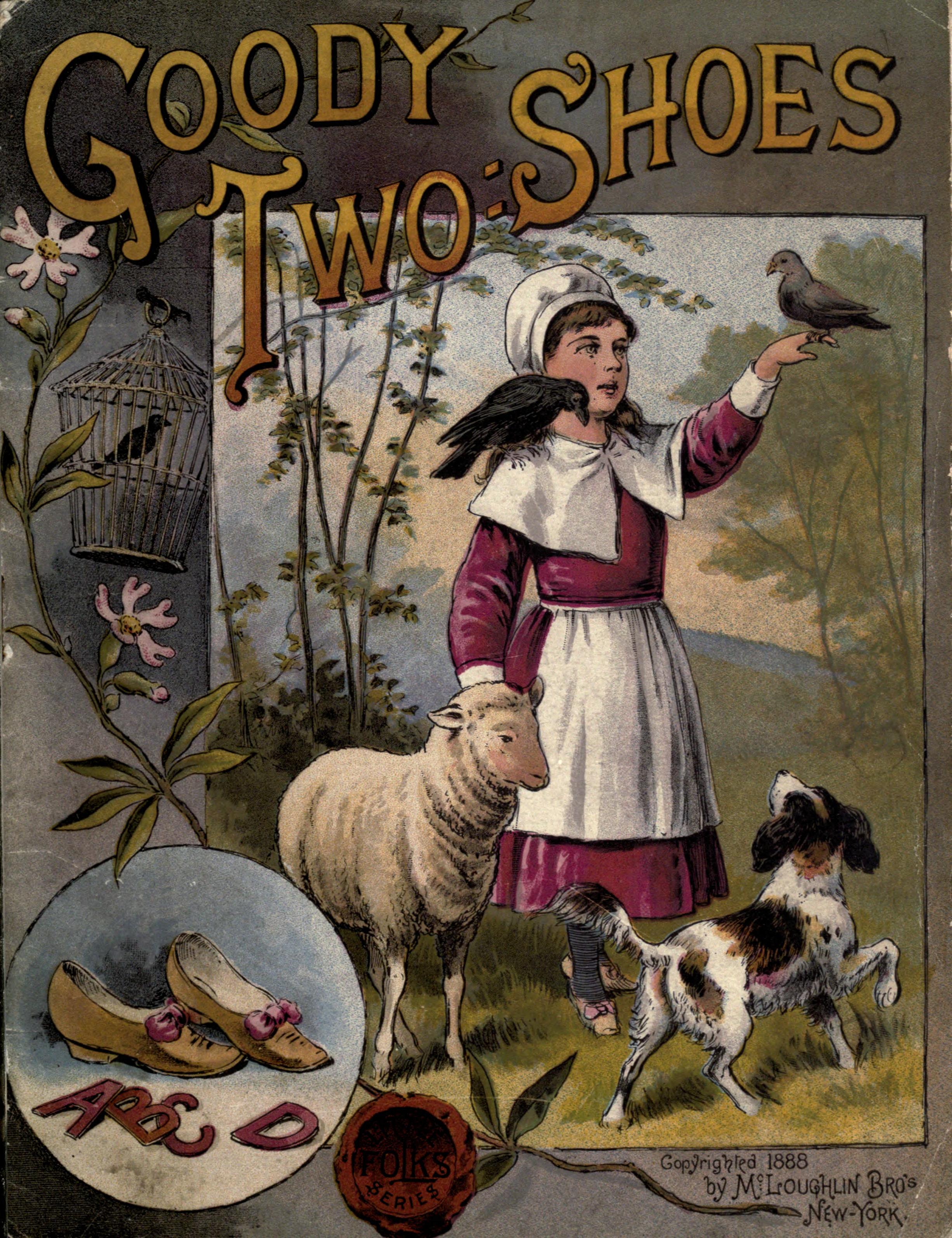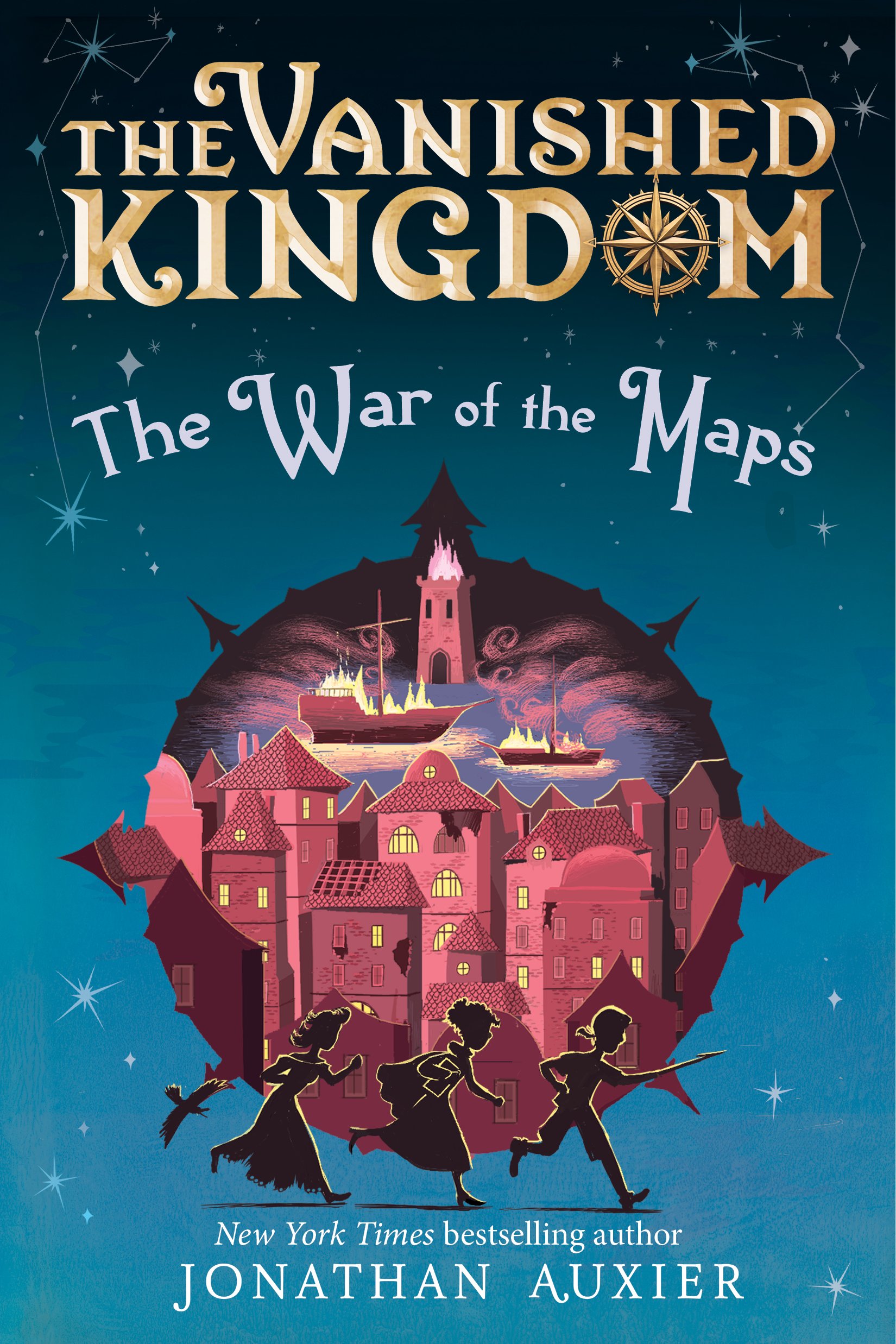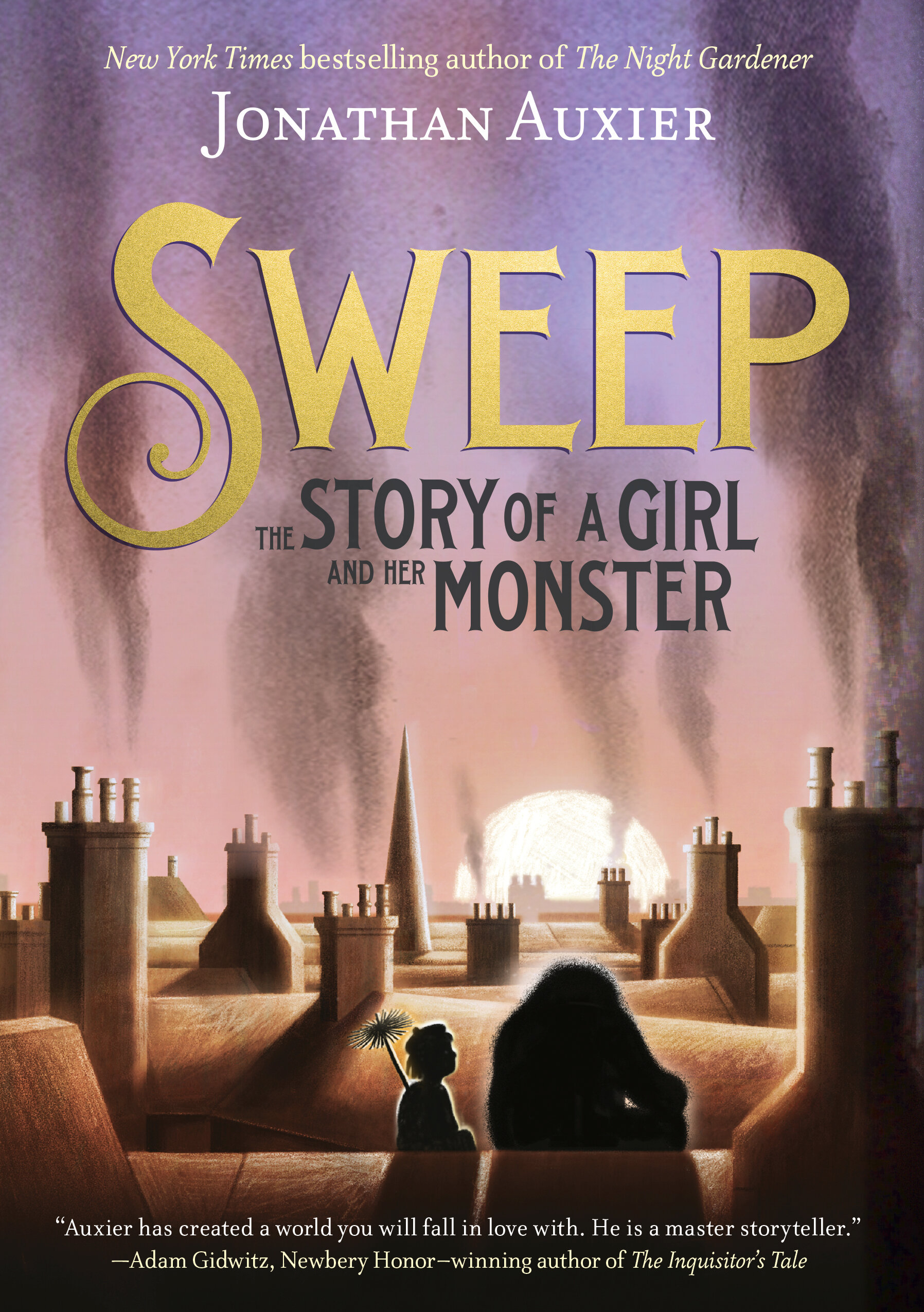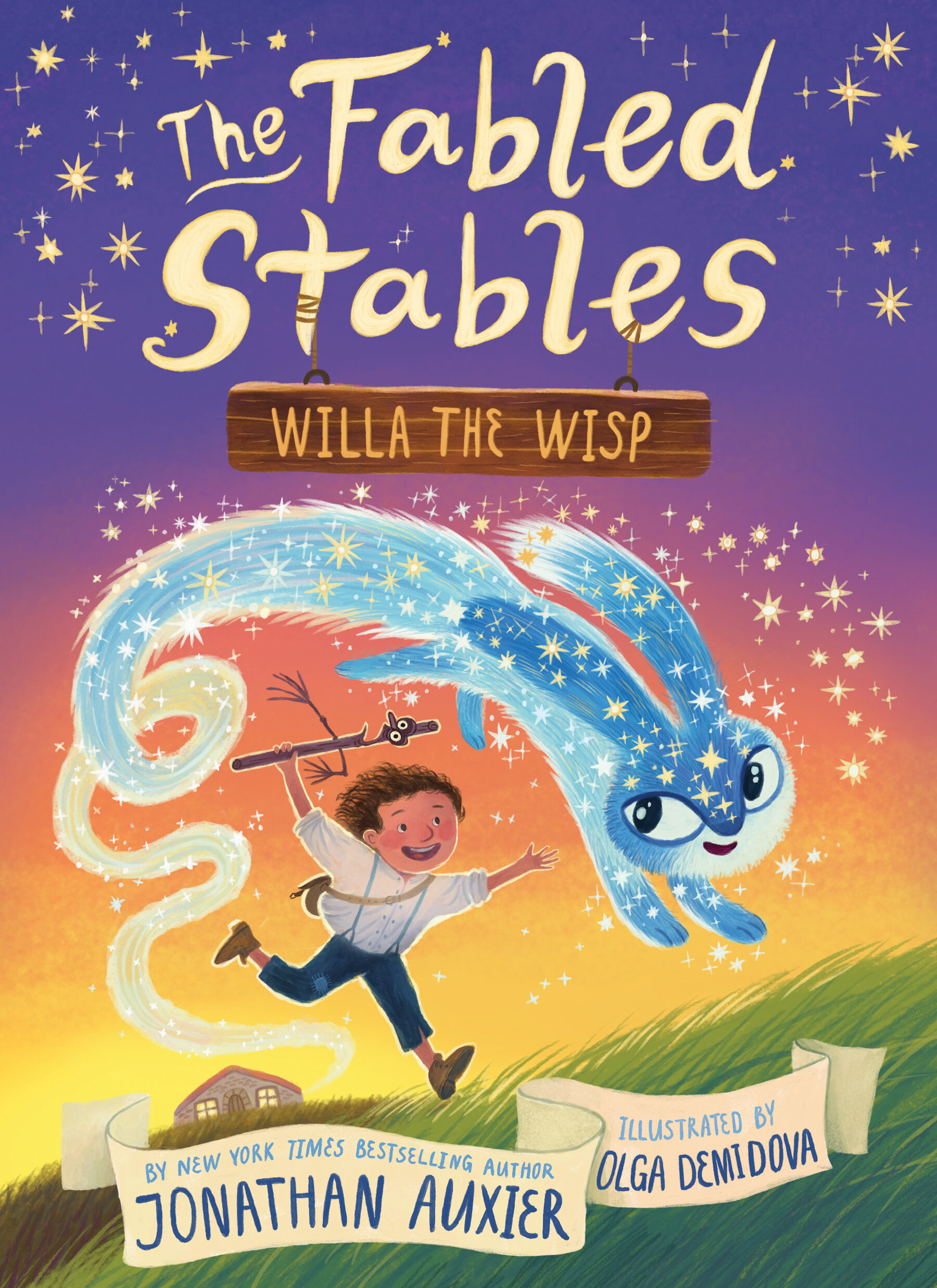Class is in Session: Part One!
/My wife (who is a PhD candidate in English Literature) and I (who am not) are co-teaching a course on children's literature. Mary has taught this course many times before, but with the pressures of dissertation-writing weighing heavily on her shoulders, she was wary about taking on the extra work. And so she asked the school if I could teach with her[1. 1. After some "equivalency" rigmarole, the school determined that my MFA in Dramatic Writing would be sufficient]! We pretty much spend our waking lives reading and discussing children's books, and now someone is going to pay us to do it!
Mary suggested we take the opportunity to throw out her old syllabus. She wanted to try teaching some new texts, and we were both eager to insert a bit more contemporary work (she specializes in the 18th and 19th centuries). A few of these books are ones I haven't read before, and I'm very excited to dive into them.
I thought I'd put the first half of our reading list on this site and use the course as a way to talk out some of my ideas on each book. The thesis of the class has to to with creating unique geographies in children's literature. I also am including the course dates, just in case you want to read along:
The History of Little Goody Two-Shoes by John Newbery (1765)
That's right, the John Newbery. The guy who started it all. His Goody Two-Shoes stories are a perfect example of the earliest children's literature, which functioned primarily as moral instruction. I've only read excerpts from this piece back when I was an undergrad, so I'm excited to revisit. Discussion on: Jan 27
* * *
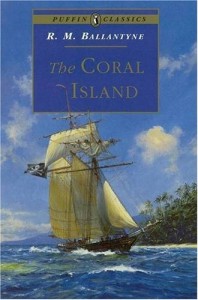 The Coral Island
by R.M. Ballantyne (1857)
The Coral Island
by R.M. Ballantyne (1857)
After the bombshell that was Robinson Crusoe (1719), there came a wave of "Robinsonades" -- knockoff books about people being stranded on islands. A lot of these were written for children (Swiss Family Robinson anyone?). Coral Island was an immensely popular take involving a bunch of schoolboys who land on an island and behave like good English gentlemen. I love adventure stories, but have somehow have failed to read this book. Discussion on: Feb 10
* * *
A Little Princess by Frances Hodgson Burnett (1905)
We're reading this book to balance out Coral Island. Like many of Burnett's books, A Little Princess is a wonderful example of a domestic girl's story. It also provides a nice female perspective on notions of Empire and community (within Sara's school).It's been a long time since I've read this and I'm excited to revisit!
Discussion on: Feb 17
* * *
 Peter and Wendy
by J.M. Barrie (1911)
Peter and Wendy
by J.M. Barrie (1911)
This is without question my favorite book of all time. I have read it a dozen times over and still can't find a single word that feels out of place. It is also a wonderful synthesis of the two genres preceding it -- a combination of boy's adventure and girl's domestic tales [2. 2. Credit for this distillation goes to Jack Zipes]. Can't wait to talk about this book!
Discuss on: Feb 24
* * *
 Winnie-the-Pooh
by A.A. Milne (1926)
Winnie-the-Pooh
by A.A. Milne (1926)
If Peter and Wendy is an example of an author creating a world that hinges on childlike imagination, Winnie-the-Pooh does one better: it is a meticulous recreation of an actual child's world. It is also adorable.
Discussing on: March 3
* * *
 Charlotte's Web
by E.B. White (1952)
Charlotte's Web
by E.B. White (1952)
Charlotte's Web is a step away from the fantasy of Barrie and Milne. It takes readers back to a more grounded world. Yes, the animals can talk, but only to each other ... plus they die.
Discussing on: March 10
So that's it for the first half of the semester. After these books, we'll be moving on some more contemporary work (including some YA). If you have any desire to read or re-read these books in the coming weeks, do so!

